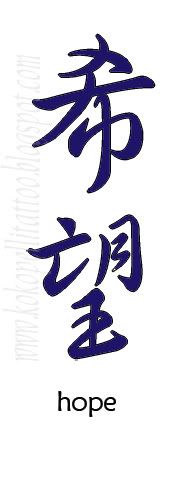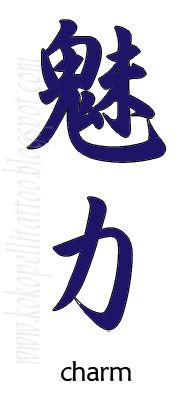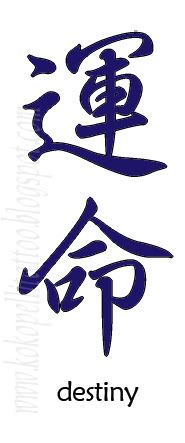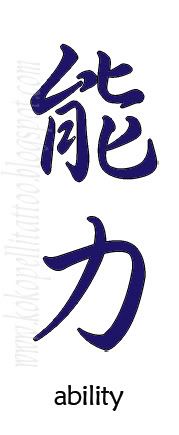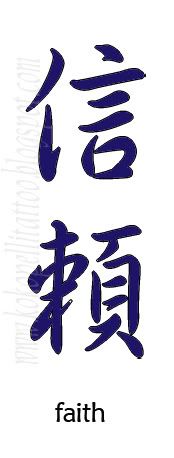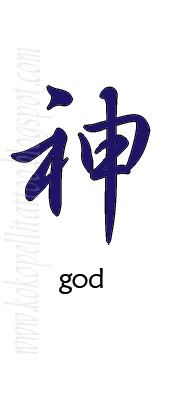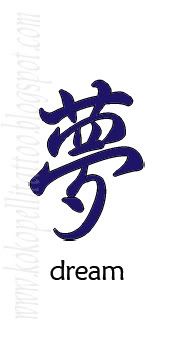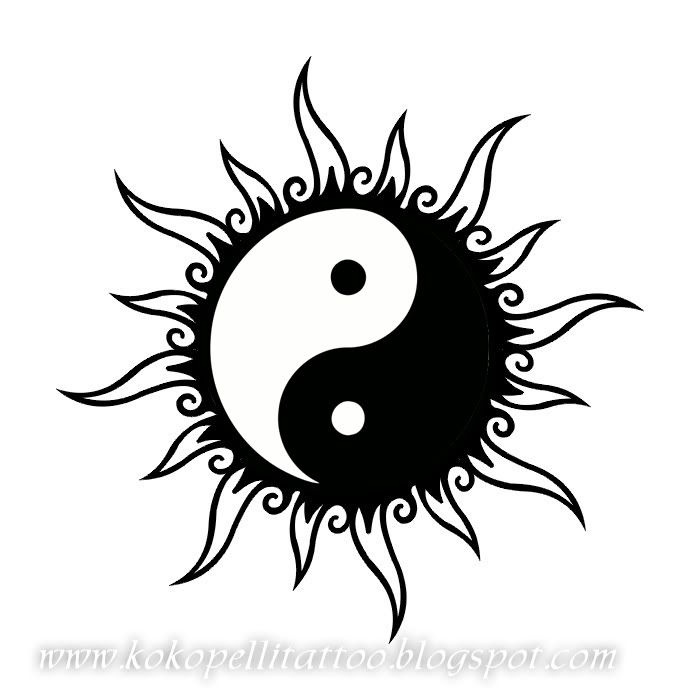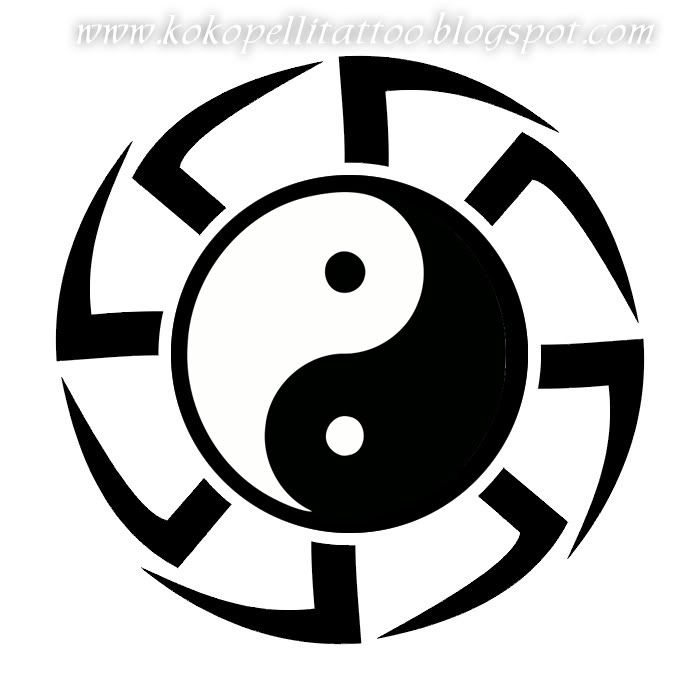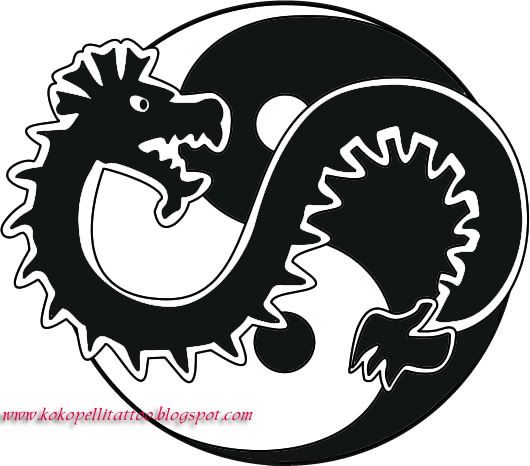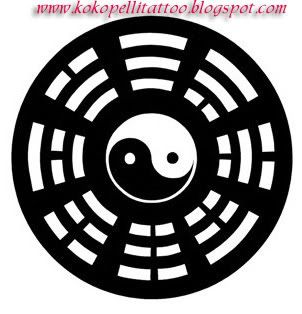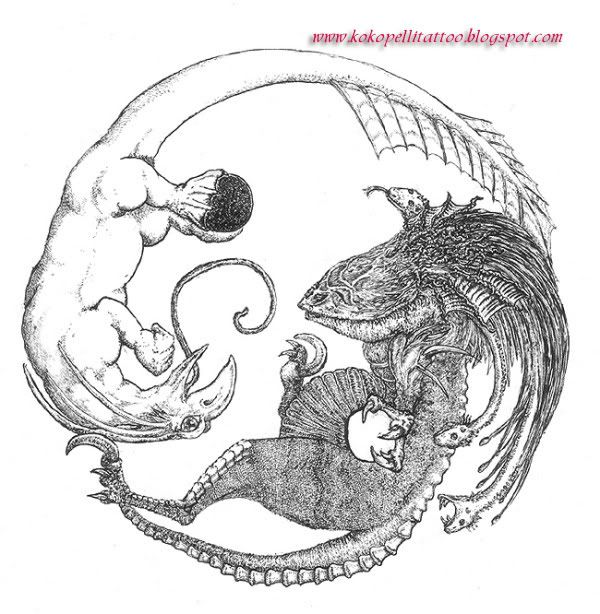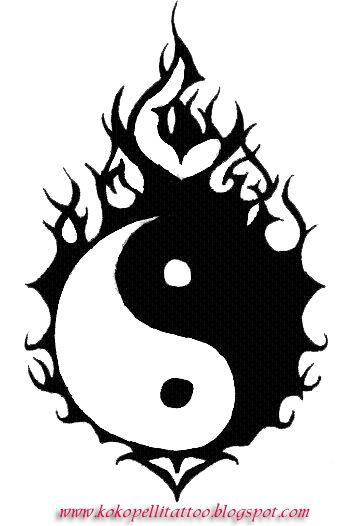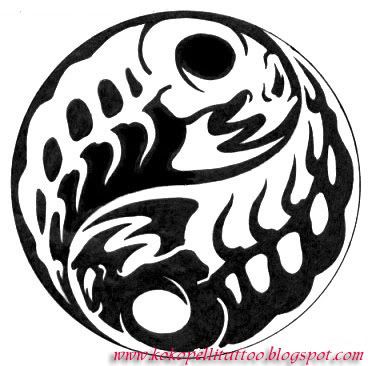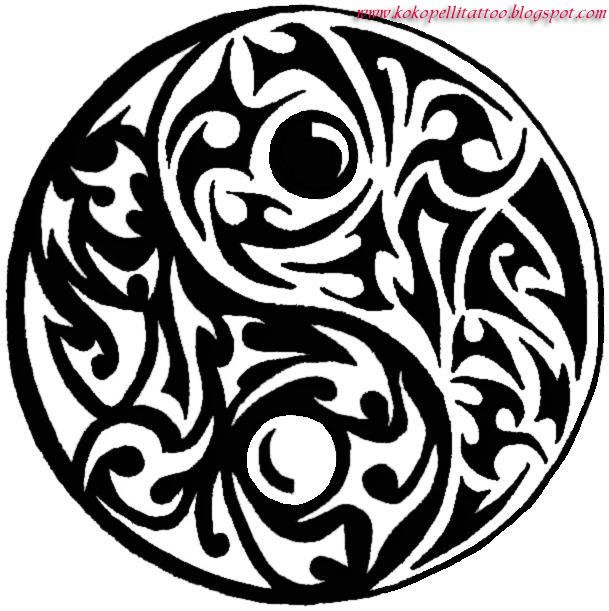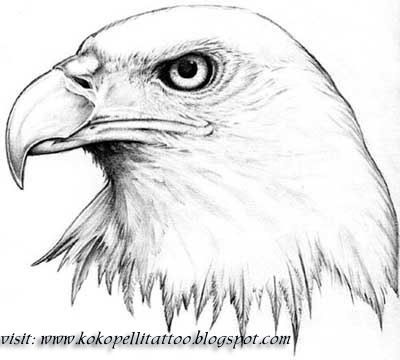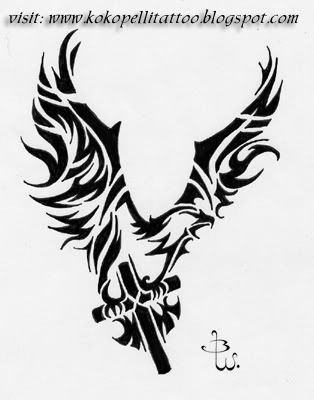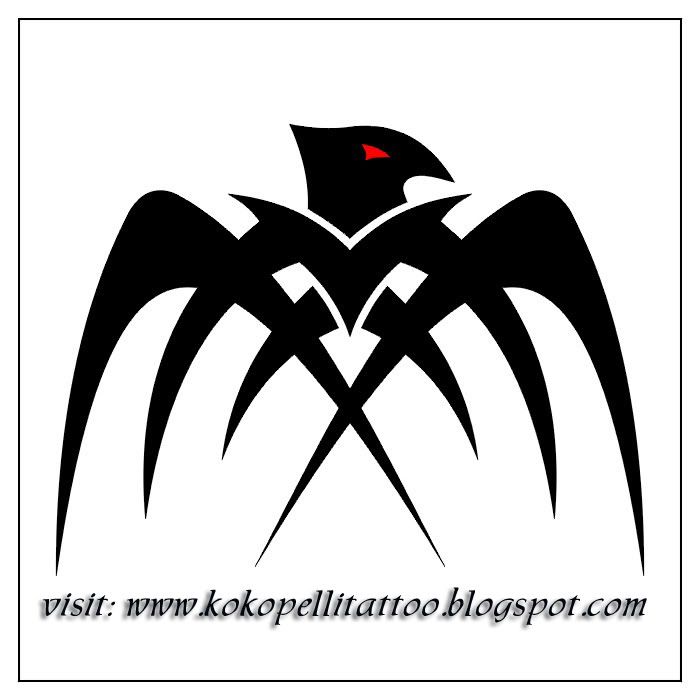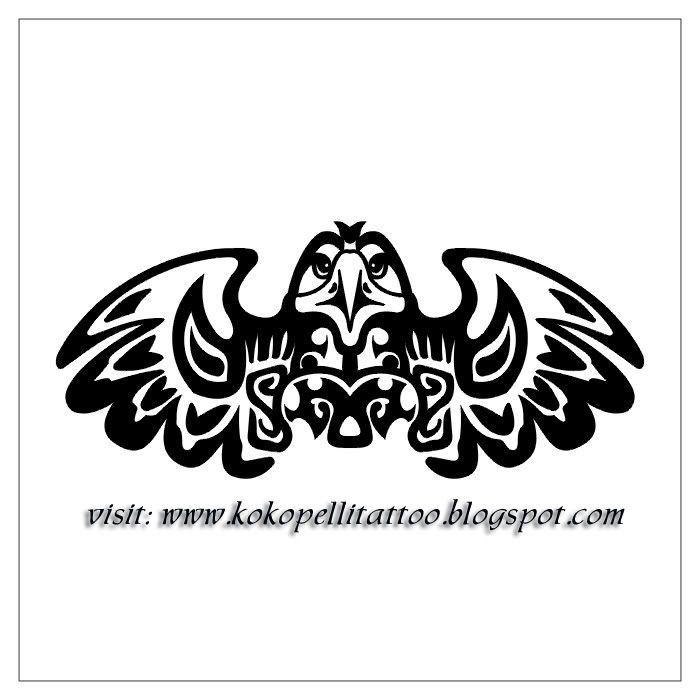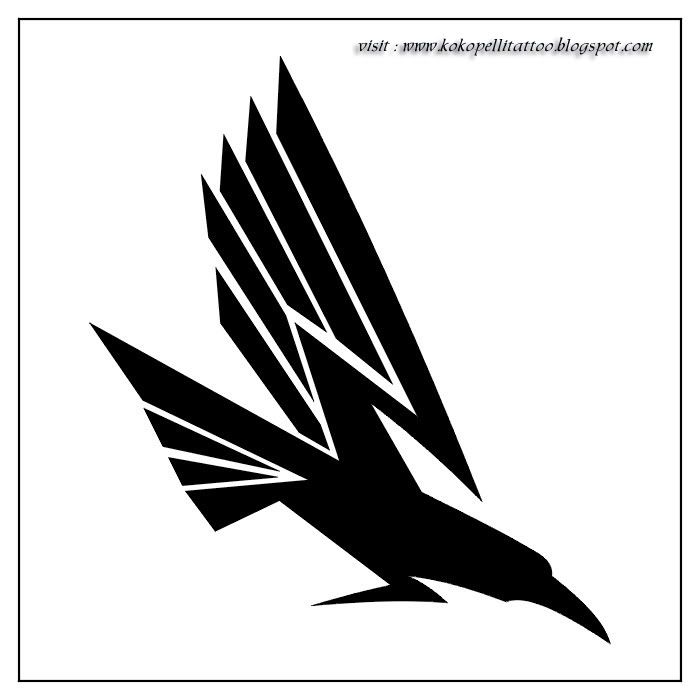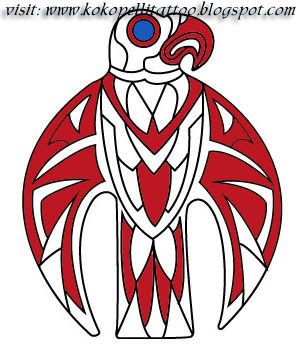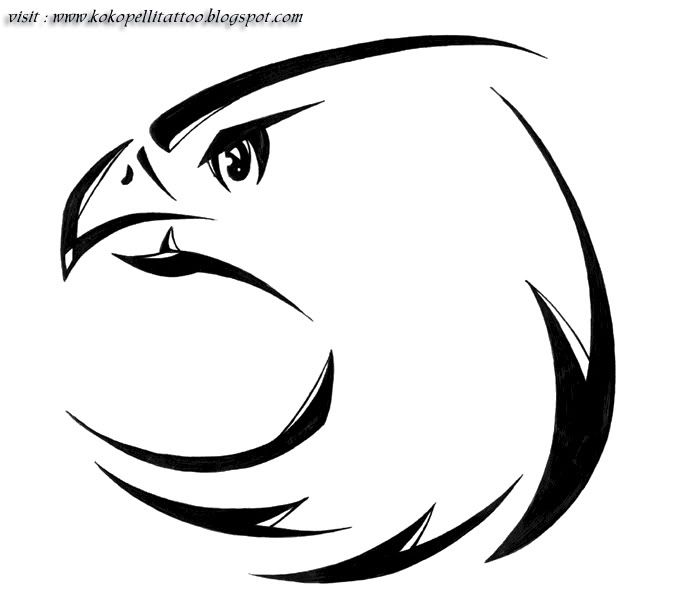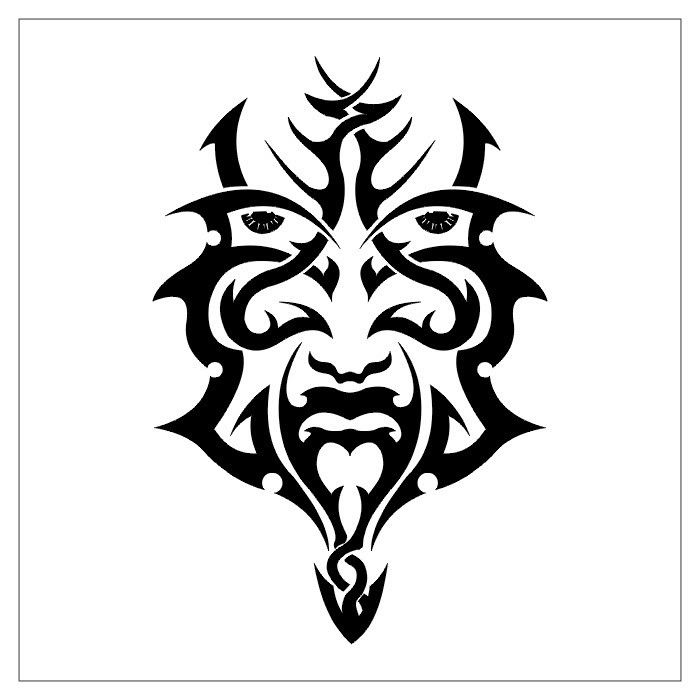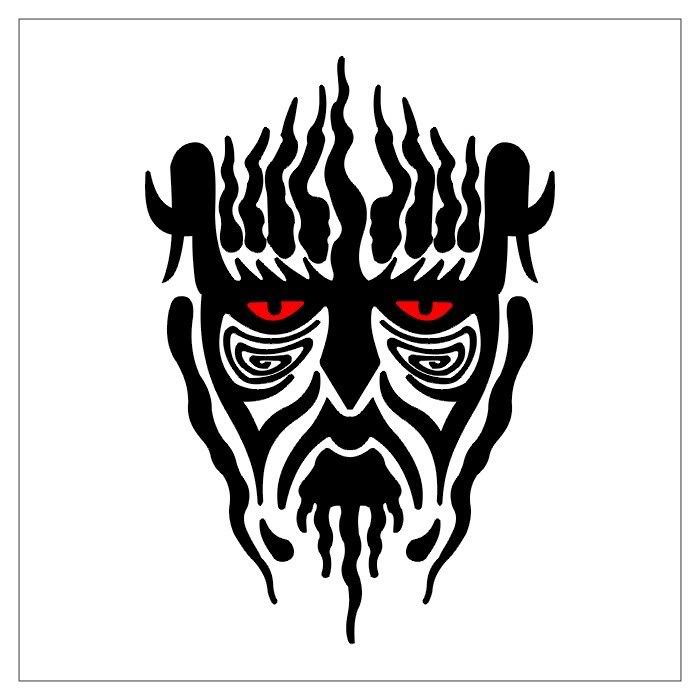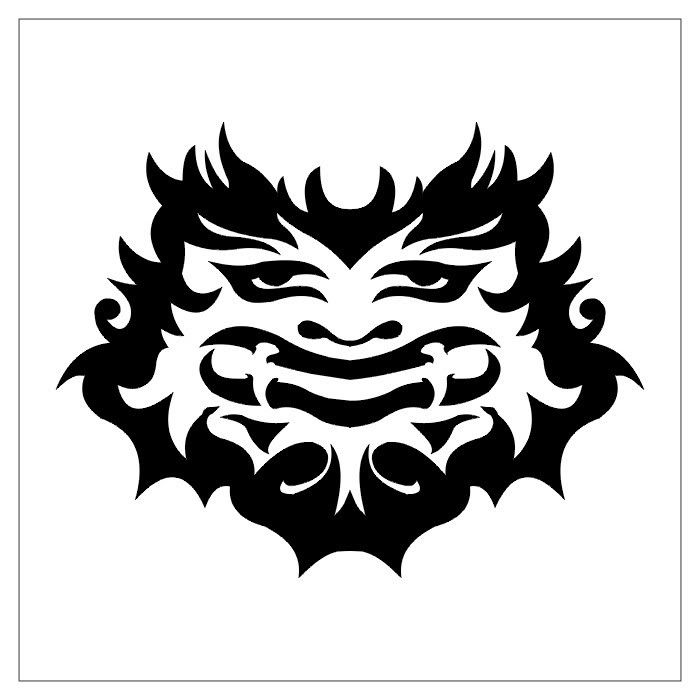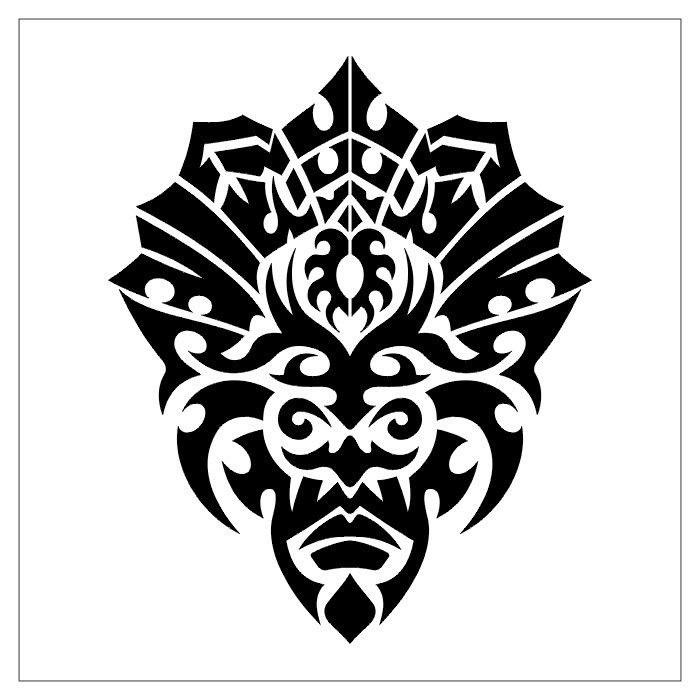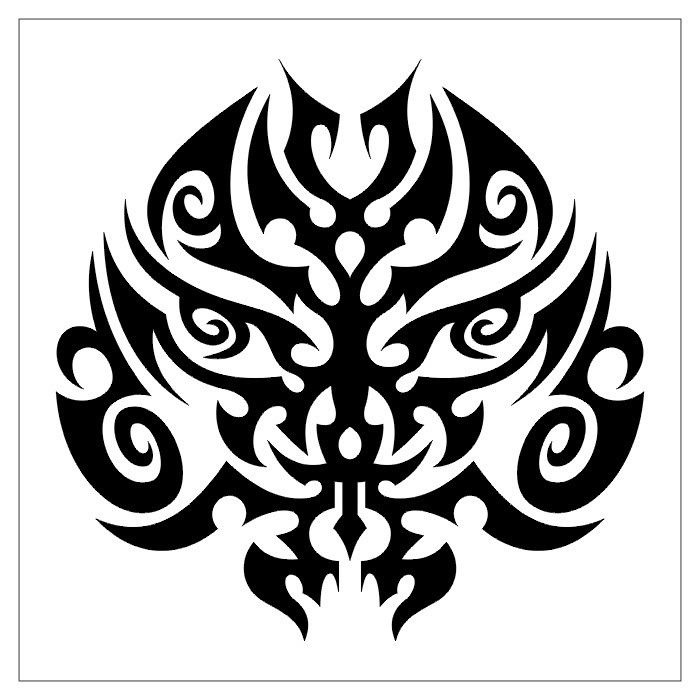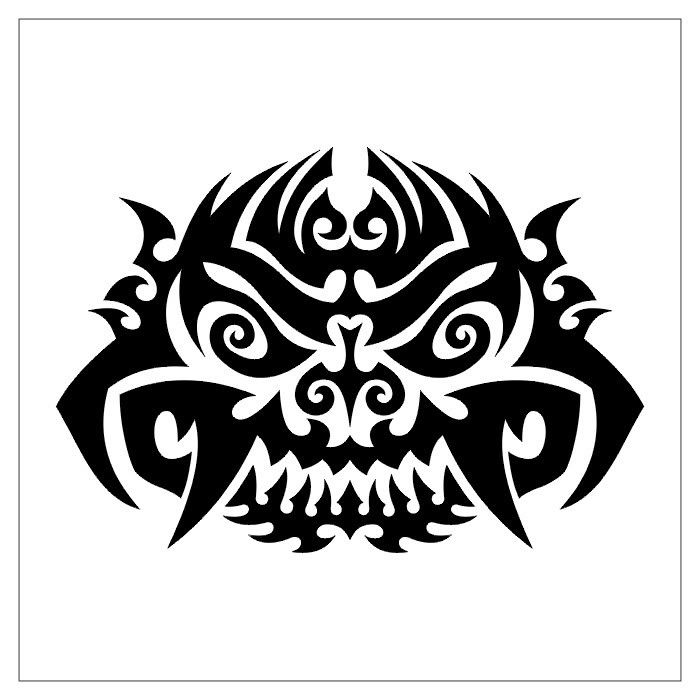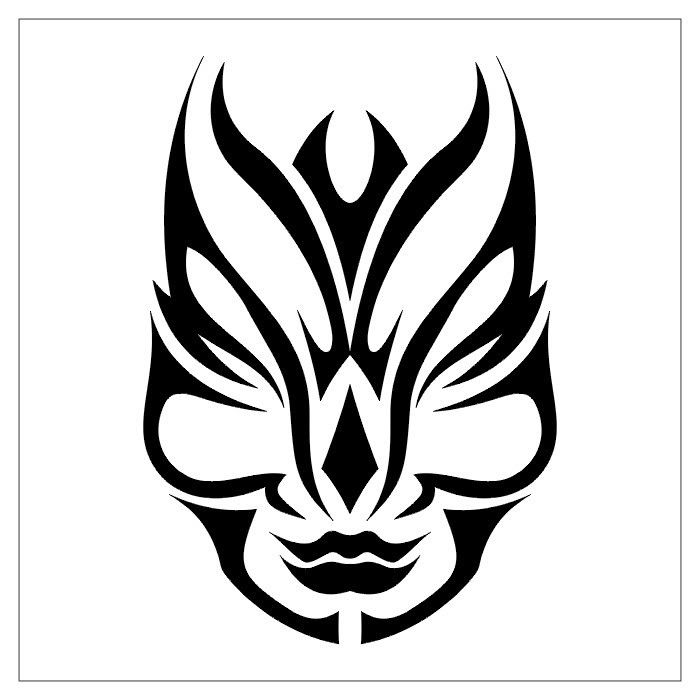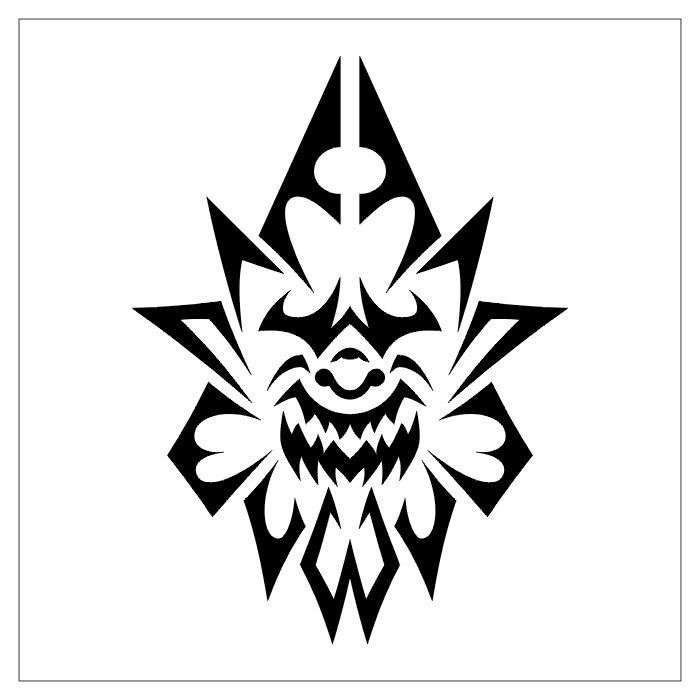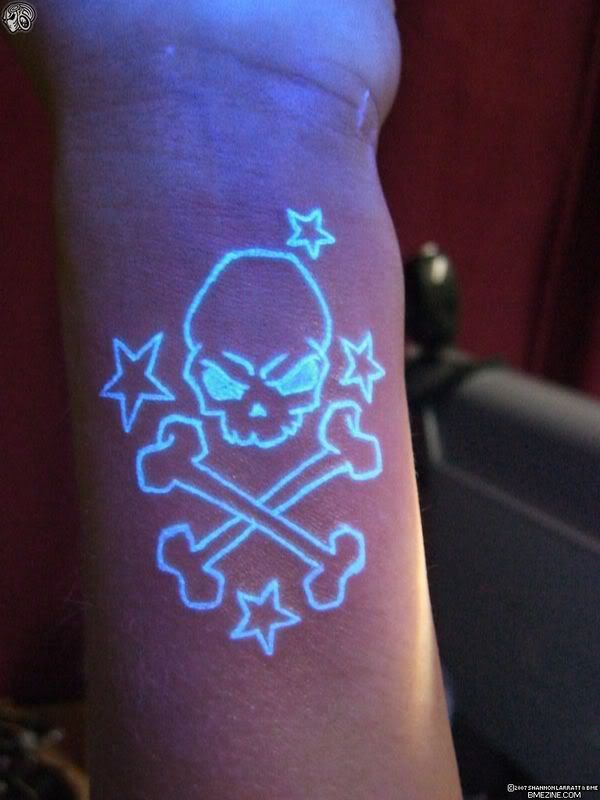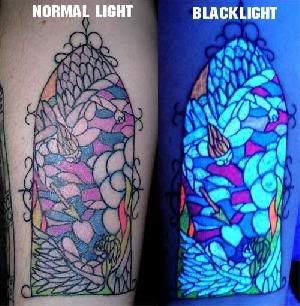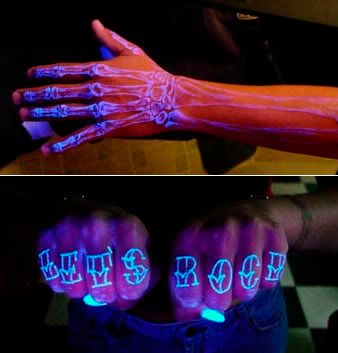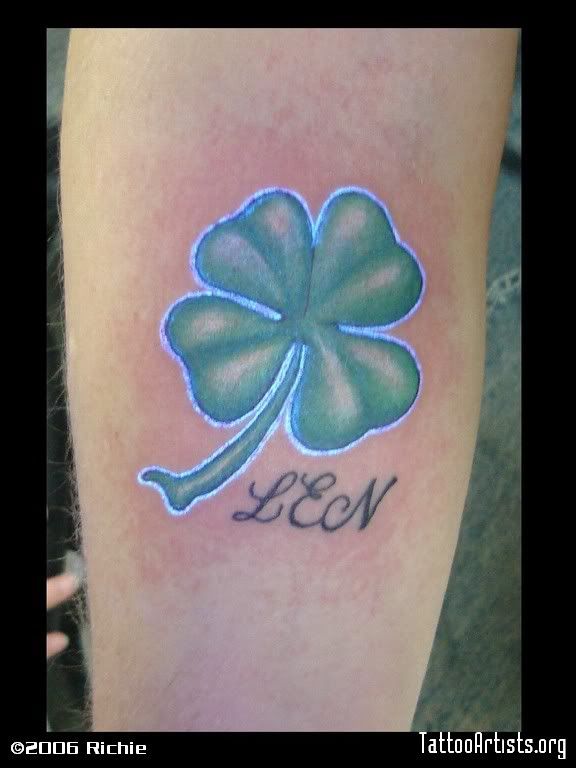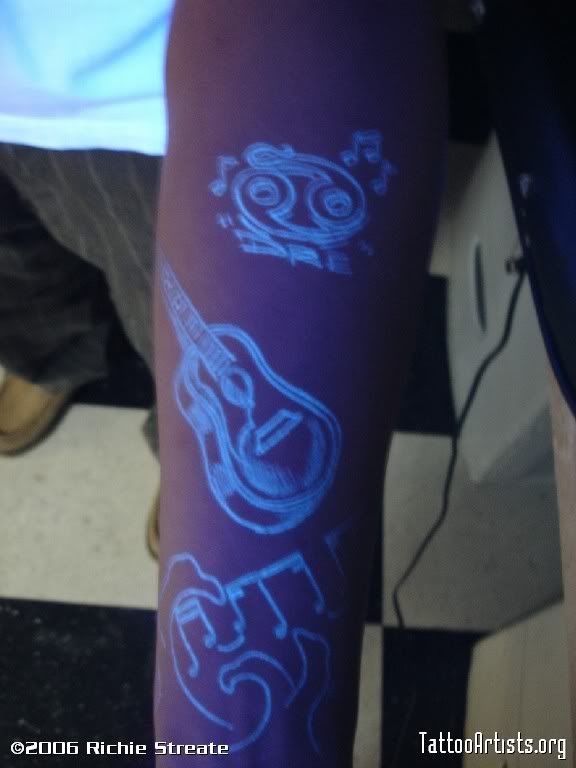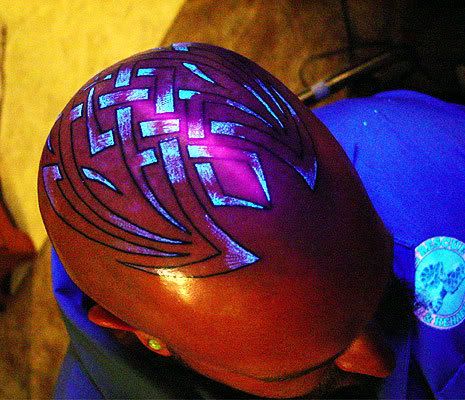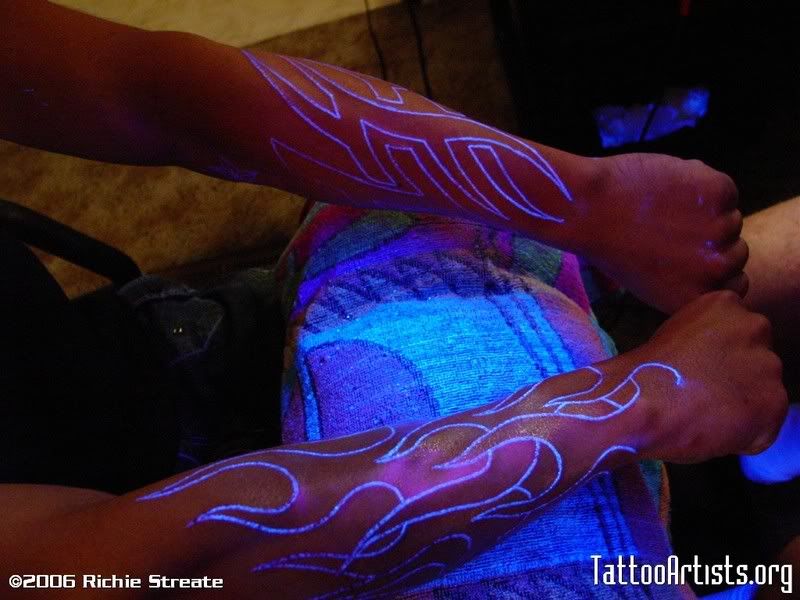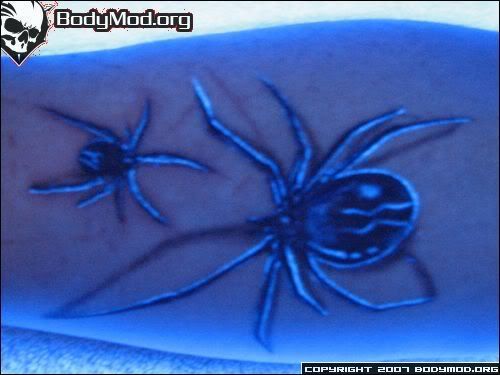Chinese characters first came to Japan on articles imported from China. An early instance of such an import was a gold seal given by the emperor of the Eastern Han Dynasty in 57 AD. It is not clear when Japanese people started to command Classical Chinese by themselves. The first Japanese documents were probably written by Chinese immigrants. For example, the diplomatic correspondence from King Bu of Wa to Emperor Shun of the Liu Song Dynasty in 478 has been praised for its skillful use of allusion. Later, groups of people called fuhito were organized under the monarch to read and write Classical Chinese. From the 6th century onwards, Chinese documents written in Japan tended to show interference from Japanese. This suggests the wide acceptance of Chinese characters in Japan.
When first introduced, texts were written in the Chinese language and would have been read as such. Over time, however, a system known as kanbun emerged, essentially using Chinese text with diacritical marks to allow Japanese speakers to read the characters in accordance with the rules of Japanese grammar.
The Japanese language itself had no written form at that time. A writing system called man'yōgana (used in the ancient poetry anthology Man'yōshū) evolved that used a limited set of Chinese characters for their sound, rather than for their meaning.
The characters for Kanji, lit. "Han characters". Man'yōgana written in cursive style became hiragana, a writing system that was accessible to women (who were denied higher education). Major works of Heian era literature by women were written in hiragana. Katakana emerged via a parallel path: monastery students simplified man'yōgana to a single constituent element. Thus the two other writing systems, hiragana and katakana, referred to collectively as kana, are actually descended from kanji.
In modern Japanese, kanji are used to write parts of the language such as nouns, adjective stems and verb stems, while hiragana are used to write inflected verb and adjective endings (okurigana), particles, native Japanese words, and words where the kanji is too difficult to read or remember. Katakana is used for representing onomatopoeia, non-Japanese loanwords, and for emphasis on certain words.
source: wikipedia
Sunday, December 30, 2007
Kanji Symbols and Meanings
Saturday, December 29, 2007
Yin-Yang Tattoos
In Chinese philosophy the yin and yang are generalized descriptions of the antitheses or mutual correlations in human perceptions of phenomena in the natural world, combining to create a unity of opposites in the theory of the Taiji. The term liang yi, also known as yin and yang or heaven and earth, has a similar meaning.
The dual concepts of yin and yang which describe two primal opposing but complementary principles or cosmic forces said to be found in all non-static objects and processes in the universe. This seemingly paradoxical concept is the cornerstone of most branches of Chinese philosophy, as well as traditional Chinese medicine.
Yīn is the dark element: it is passive, dark, feminine, negative, downward-seeking, consuming and corresponds to the night.
Yáng is the bright element: it is active, light, masculine, positive, upward-seeking, producing and corresponds to the daytime.
Yin is often symbolized by water and earth, while yang is symbolized by fire and air.
Yin (dark) and yang (light) are descriptions of complementary opposites as well as absolutes. Any yin/yang dichotomy can be viewed from another perspective. All forces in nature can be seen as existing in yin or yang states, and two produce constant movement/force of the universe.
The dual concepts of yin and yang which describe two primal opposing but complementary principles or cosmic forces said to be found in all non-static objects and processes in the universe. This seemingly paradoxical concept is the cornerstone of most branches of Chinese philosophy, as well as traditional Chinese medicine.
Yīn is the dark element: it is passive, dark, feminine, negative, downward-seeking, consuming and corresponds to the night.
Yáng is the bright element: it is active, light, masculine, positive, upward-seeking, producing and corresponds to the daytime.
Yin is often symbolized by water and earth, while yang is symbolized by fire and air.
Yin (dark) and yang (light) are descriptions of complementary opposites as well as absolutes. Any yin/yang dichotomy can be viewed from another perspective. All forces in nature can be seen as existing in yin or yang states, and two produce constant movement/force of the universe.
source: wikipedia
Eagle Tattoos
Eagles as religious objects
Moche Eagle, A.D. 200, Larco Museum Collection, Lima, Peru.In Jewish tradition the eagle is a symbol of greatness, and leaders such as the medieval sage Maimonides and the Lubavitcher Rebbe, Rabbi Menachem M. Schneerson, have been referred to by their peers and students as "The Great Eagle". The Torah compares God Himself to an eagle in Deuteronomy, 32.11-12. "As an eagle awakens its nest, hovering over its fledglings, it spreads its wings, taking them and carrying them on its pinions. [So] the Lord guided them [the Israelites] alone, and there was no alien deity with Him."
Eagle lecterns are very common in Christian churches and cathedrals. The eagle is the symbol used to depict John the Apostle, whose writing most clearly witnesses the light and divinity of Christ. In art, John, as the presumed author of the Gospel, is often depicted with an eagle, which symbolizes the height he rose in the first chapter of his gospel. See Names of John.
The eagle is a sacred bird in some cultures and the feathers of the eagle are central to many religious and spiritual customs, especially amongst Native Americans in the United States and First Nations in Canada, as well as among many of the peoples of Meso-America. Some Native American peoples revere eagles as sacred religious objects and the feathers and parts of Bald and Golden Eagles are often compared to the Bible and crucifix. Eagle feathers are often used in various ceremonies and are used to honor noteworthy achievements and qualities such as exceptional leadership and bravery. In the cultures of the Northwest Coast, Eagle is also a supernatural being and also the ancestor and features in the heraldic crests of important clans known as totem poles.
The Moche people of ancient Peru worshipped the animal and often depicted eagles in their art.
Despite modern and historic Native American practices of giving eagle feathers to non-indigenous people and also members of other tribes who have been deemed worthy, current United States eagle feather law stipulates that only individuals of certifiable Native American ancestry enrolled in a federally recognized tribe are legally authorized to obtain eagle feathers for religious or spiritual use. In Canada, poaching of eagle feathers for the booming U.S. market has sometimes resulted in the arrests of First Nations person for the crime.
source: wikipedia
Moche Eagle, A.D. 200, Larco Museum Collection, Lima, Peru.In Jewish tradition the eagle is a symbol of greatness, and leaders such as the medieval sage Maimonides and the Lubavitcher Rebbe, Rabbi Menachem M. Schneerson, have been referred to by their peers and students as "The Great Eagle". The Torah compares God Himself to an eagle in Deuteronomy, 32.11-12. "As an eagle awakens its nest, hovering over its fledglings, it spreads its wings, taking them and carrying them on its pinions. [So] the Lord guided them [the Israelites] alone, and there was no alien deity with Him."
Eagle lecterns are very common in Christian churches and cathedrals. The eagle is the symbol used to depict John the Apostle, whose writing most clearly witnesses the light and divinity of Christ. In art, John, as the presumed author of the Gospel, is often depicted with an eagle, which symbolizes the height he rose in the first chapter of his gospel. See Names of John.
The eagle is a sacred bird in some cultures and the feathers of the eagle are central to many religious and spiritual customs, especially amongst Native Americans in the United States and First Nations in Canada, as well as among many of the peoples of Meso-America. Some Native American peoples revere eagles as sacred religious objects and the feathers and parts of Bald and Golden Eagles are often compared to the Bible and crucifix. Eagle feathers are often used in various ceremonies and are used to honor noteworthy achievements and qualities such as exceptional leadership and bravery. In the cultures of the Northwest Coast, Eagle is also a supernatural being and also the ancestor and features in the heraldic crests of important clans known as totem poles.
The Moche people of ancient Peru worshipped the animal and often depicted eagles in their art.
Despite modern and historic Native American practices of giving eagle feathers to non-indigenous people and also members of other tribes who have been deemed worthy, current United States eagle feather law stipulates that only individuals of certifiable Native American ancestry enrolled in a federally recognized tribe are legally authorized to obtain eagle feathers for religious or spiritual use. In Canada, poaching of eagle feathers for the booming U.S. market has sometimes resulted in the arrests of First Nations person for the crime.
source: wikipedia
Friday, December 28, 2007
Tribal Mask Tattoos
A mask is an artifact normally worn on the face, typically for protection, concealment, performance, or amusement. Masks have been used since antiquity for both ceremonial and practical purposes. They are usually, but not always, worn on the face, although they may also be positioned for effect elsewhere in relation to the wearer's own head.
The word mask came via French masque and either Italian maschera or Spanish máscara. Possible ancestors are Latin (not classical) mascus, masca = "ghost", Hebrew masecha= "mask" and Arabic maskharah = "jester", "man in masquerade".
The 5000-year-old Sumerian mask of Warka is believed to be the oldest surviving mask. Looted from the Iraqi National Museum in Baghdad, it was recovered in 2003.
source: wikipedia
The word mask came via French masque and either Italian maschera or Spanish máscara. Possible ancestors are Latin (not classical) mascus, masca = "ghost", Hebrew masecha= "mask" and Arabic maskharah = "jester", "man in masquerade".
The 5000-year-old Sumerian mask of Warka is believed to be the oldest surviving mask. Looted from the Iraqi National Museum in Baghdad, it was recovered in 2003.
source: wikipedia
Thursday, December 27, 2007
UV TATTOOS
New Trend ! UV Tattoos:
A tattoo that is made from UV (ultra-violet) reactive ink or glow-in-the-dark ink inserted under the skin. Blacklight reactive ink is a great way to have a tattoo that no one can see but under the blacklight or to add a little something special to trip out your friends.
Really how safe is? Still unknown!
Given its extensive testing for FDA approval, with absolutely no adverse reactions to it in over ten years, it is all in the proof, this ink is most likely the safest ink on the market.
Crazychameleonbodyartsupply.com writes:
- It contains NO phosphors
- It is NOT radio active
- It DOES NOT contain EverGlow
- It does NOT cause cancer
- It has FDA approval as a Spectral Marking [tattoo] Pigment that was developed for use in tracking [tattooing] animals and fish - and yes the same ones we eat, and has been tested and used with NO adverse reaction in humans for over 10 years.
- the florescent dye is completely safe and has NO carcinogen and is human safe and does not spread or “blow out” because the dye is contained in micro capsules, and never even touches the skin because of the PMMA shell.
- the white (clear) does not discolor.
- It is being sold all over the world - and is used almost everyday.
- the inks are taken one step farther than most, as they are UV sterilized (this was being done for shipments to Europe, but we are starting to do it for all shipments.
A tattoo that is made from UV (ultra-violet) reactive ink or glow-in-the-dark ink inserted under the skin. Blacklight reactive ink is a great way to have a tattoo that no one can see but under the blacklight or to add a little something special to trip out your friends.
Really how safe is? Still unknown!
Given its extensive testing for FDA approval, with absolutely no adverse reactions to it in over ten years, it is all in the proof, this ink is most likely the safest ink on the market.
Crazychameleonbodyartsupply.com writes:
- It contains NO phosphors
- It is NOT radio active
- It DOES NOT contain EverGlow
- It does NOT cause cancer
- It has FDA approval as a Spectral Marking [tattoo] Pigment that was developed for use in tracking [tattooing] animals and fish - and yes the same ones we eat, and has been tested and used with NO adverse reaction in humans for over 10 years.
- the florescent dye is completely safe and has NO carcinogen and is human safe and does not spread or “blow out” because the dye is contained in micro capsules, and never even touches the skin because of the PMMA shell.
- the white (clear) does not discolor.
- It is being sold all over the world - and is used almost everyday.
- the inks are taken one step farther than most, as they are UV sterilized (this was being done for shipments to Europe, but we are starting to do it for all shipments.
Subscribe to:
Comments (Atom)
